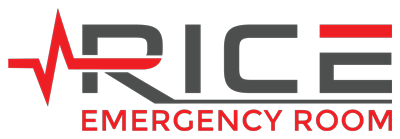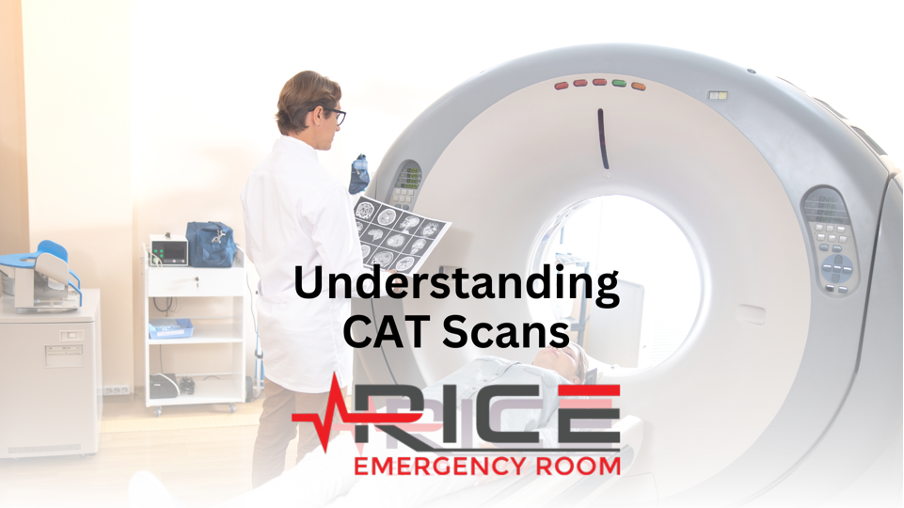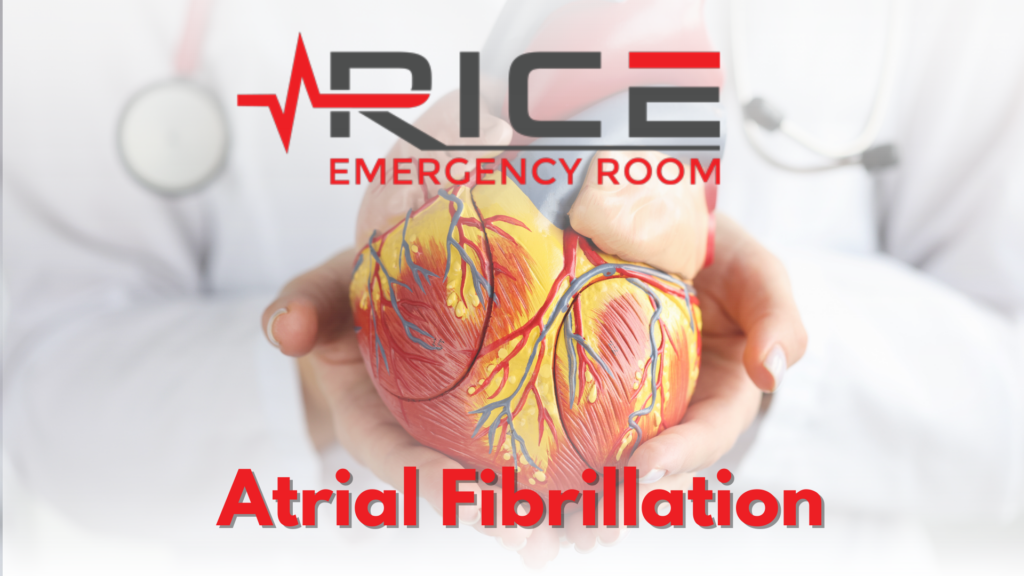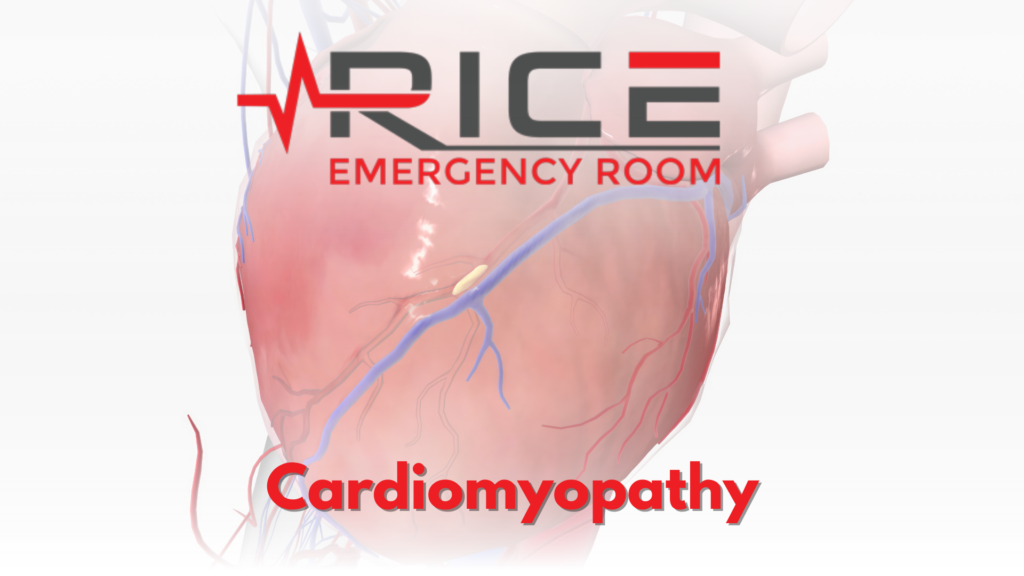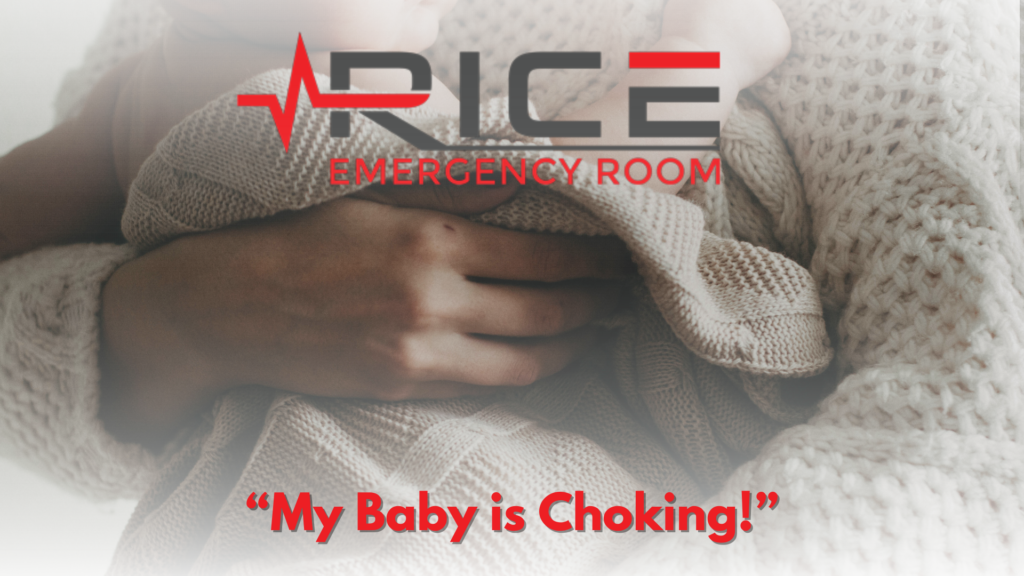CAT scan technology plays a pivotal role in diagnosis and treatment. Revolutionizing medical imaging is the Computed Tomography (CT) scan, commonly referred to as a CAT scan. Understanding how CAT Scan technology works and its significance in emergencies is important for patients and healthcare providers.
What is a CAT Scan?
A CT scan is a sophisticated imaging technique that combines X-rays with computer technology to produce detailed cross-sectional images of the body. These images provide a comprehensive view of the internal structures, including bones, organs, blood vessels, and tissues. Unlike traditional X-rays, which generate a single flat image, CT scans produce multiple images from different angles, allowing for a three-dimensional view of the body.
CT scans are commonly used to diagnose various medical conditions, including cancer, cardiovascular diseases, infections, and trauma-related injuries. They are particularly valuable in emergencies where rapid and accurate diagnosis is necessary for timely intervention and treatment. (WebMD)
How Does a CAT Scan Work?
The process of obtaining a CT scan involves several steps. The patient lies on a motorized table that moves through a doughnut-shaped machine called a gantry. Within the gantry, an X-ray tube rotates around the patient, emitting thin beams of X-rays. These X-ray beams pass through the body and are detected by sensors on the opposite side of the gantry.
A computer then processes the data collected by the sensors to create cross-sectional images, or slices, of the body. These images are reconstructed using specialized software, allowing healthcare providers to examine the internal structures in detail. CT scans can be performed on various parts of the body, including the head, chest, abdomen, and pelvis, depending on the area of interest and the medical condition being investigated. (Medical News Today)
Applications in Emergency Medicine
In emergency medicine, time is often of the essence, and a quick and accurate diagnosis can mean the difference between life and death. CT scans play a vital role in the emergency department by enabling healthcare providers to rapidly assess and diagnose critical conditions.
CT scans are used the evaluation of traumatic injuries, such as those resulting from motor vehicle accidents, falls, or sports-related injuries. In cases of head trauma, CT scans are used to detect intracranial bleeding, skull fractures, and other brain injuries. For patients with suspected internal bleeding or organ damage, CT scans of the chest and abdomen can provide essential information for surgical intervention or other necessary treatments.
Safety Considerations
While CT scans are handy diagnostic tools, they do involve exposure to ionizing radiation, which carries potential health risks. Patients and healthcare providers need to weigh the benefits of obtaining a CT scan against the risks associated with radiation exposure, particularly in cases where alternative imaging modalities may be available.
Efforts are continuously made to minimize radiation exposure during CT scans, including the use of low-dose techniques and advanced imaging protocols. Additionally, guidelines and protocols are in place to ensure that CT scans are performed only when necessary and that the radiation dose is kept as low as reasonably achievable while still obtaining diagnostic-quality images. (Healthline)
CAT Scan Technology in the ER
CAT scans are invaluable tools in emergency medicine, providing healthcare providers with detailed and rapid imaging of the body’s internal structures. It’s essential to balance the benefits of CT imaging with the potential risks associated with radiation exposure, particularly in emergencies where every decision can impact patient outcomes.
By understanding how CAT scans work and their significance in emergency medicine, both patients and healthcare providers can make informed decisions regarding diagnostic imaging and ensure the best possible patient care.
Works Cited
WebMD. “What Is a CT Scan?” WebMD, WebMD LLC, www.webmd.com/cancer/what-is-a-ct-scan.
Medical News Today. “Computed Tomography (CT or CAT) Scan.” Medical News Today, Healthline Media UK Ltd, www.medicalnewstoday.com/articles/153201.
Healthline. “CT Scan (CAT Scan).” Healthline, Healthline Media, www.healthline.com/health/ct-scan.
